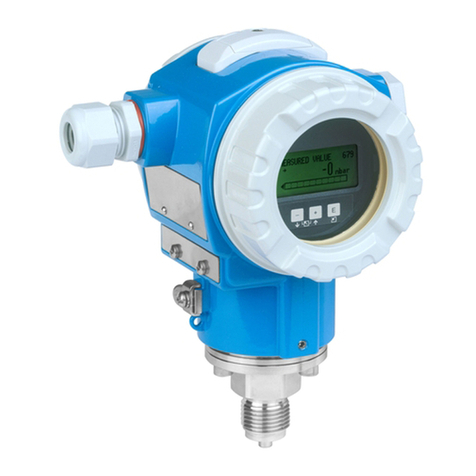Endress+Hauser HART iTEMP TMT182B User manual
Other Endress+Hauser Transmitter manuals
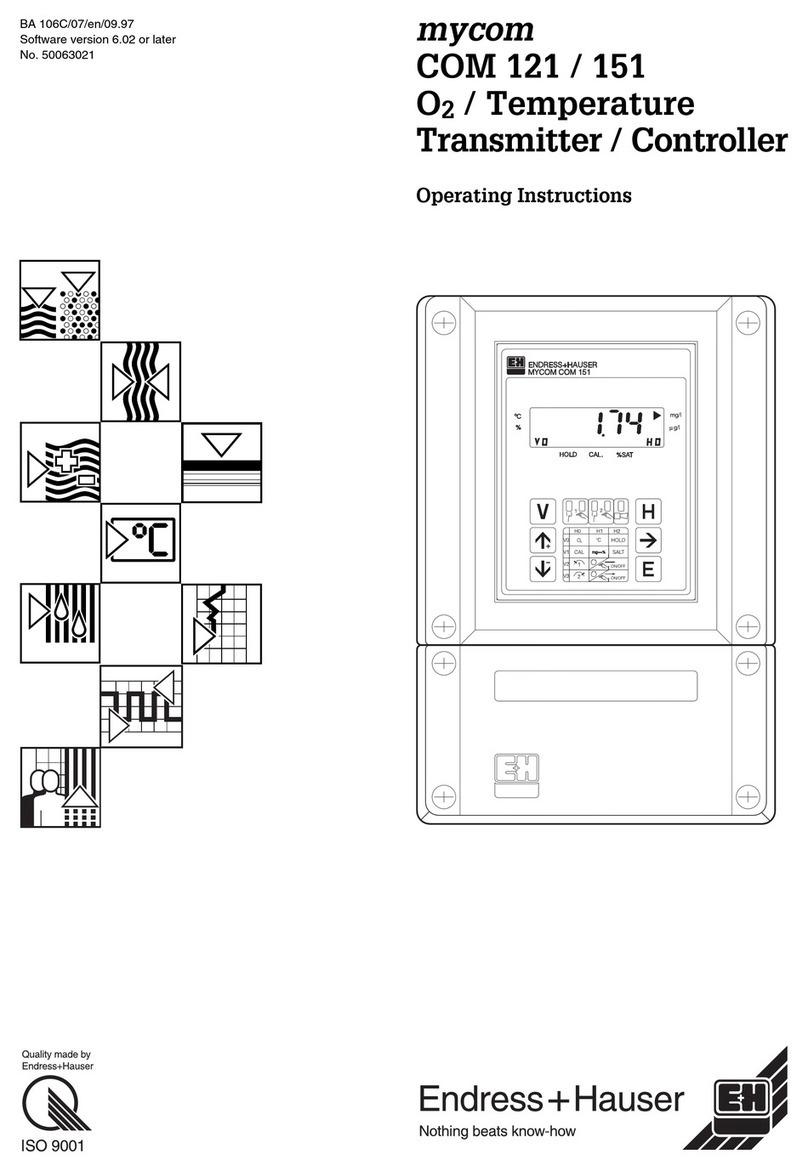
Endress+Hauser
Endress+Hauser mycom COM 121 User manual
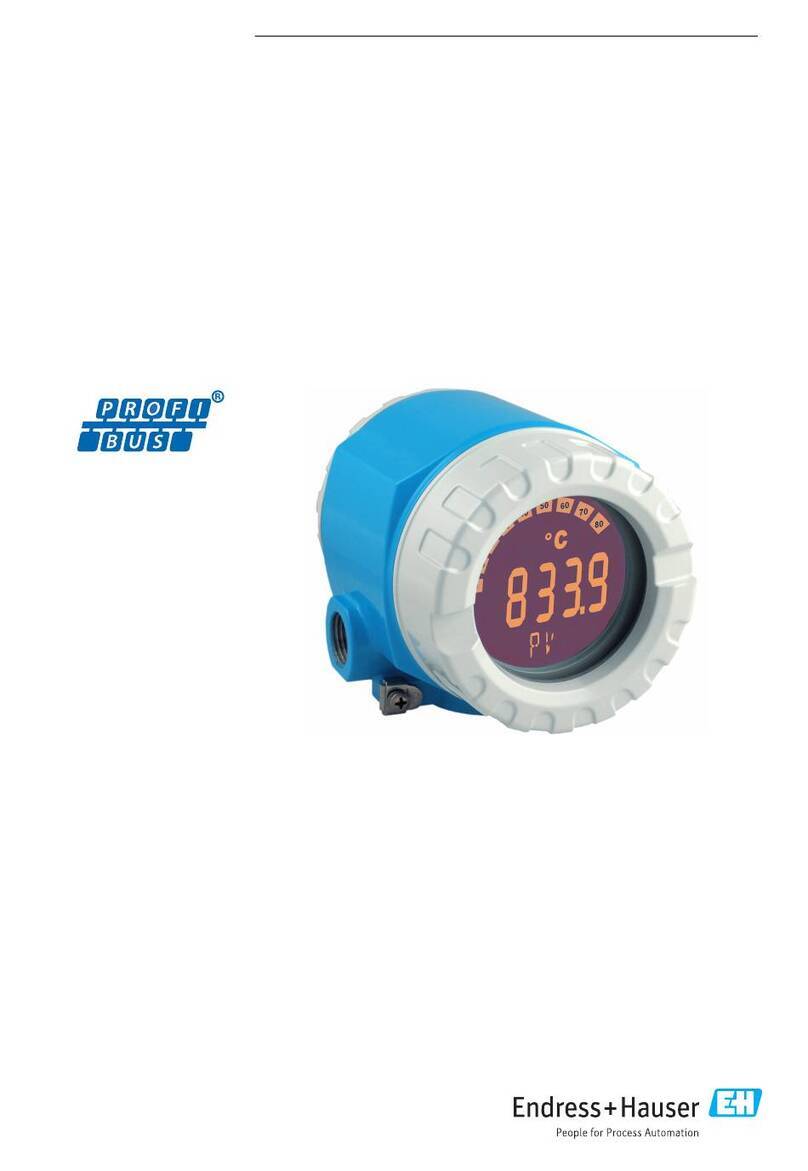
Endress+Hauser
Endress+Hauser iTEMP TMT162 Technical specifications
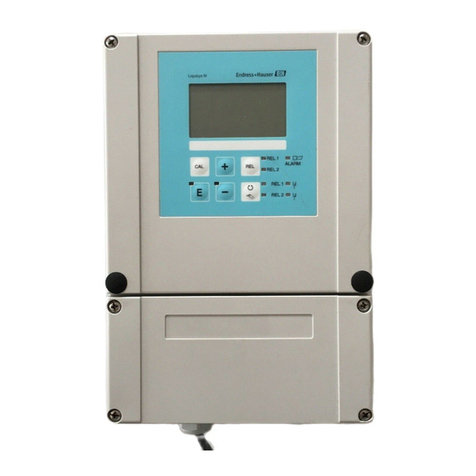
Endress+Hauser
Endress+Hauser Liquisys M CUM223 User manual
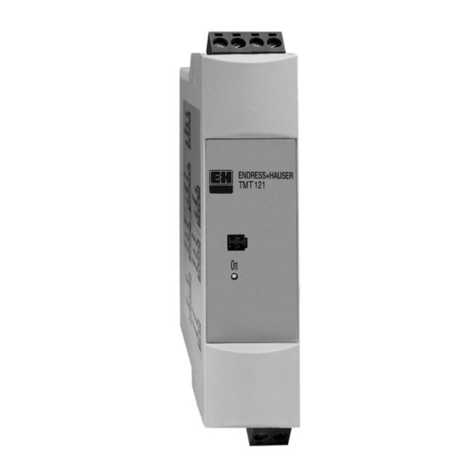
Endress+Hauser
Endress+Hauser iTEMP PCP TMT 121 User manual
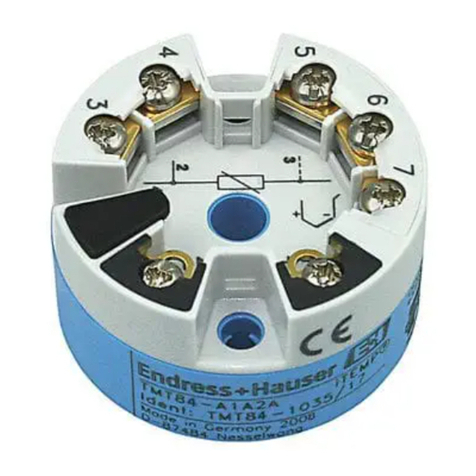
Endress+Hauser
Endress+Hauser iTEMP TMT84 Technical specifications
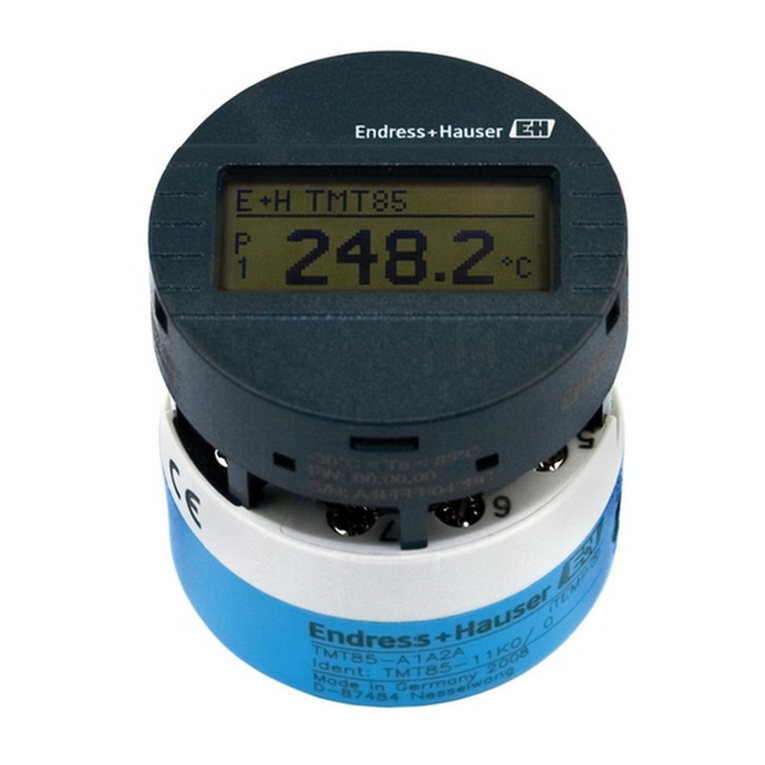
Endress+Hauser
Endress+Hauser iTEMP TMT85 User manual
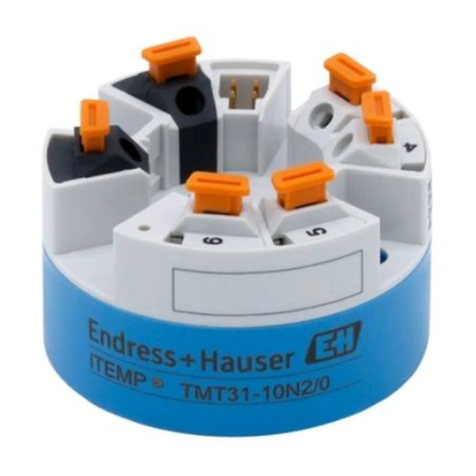
Endress+Hauser
Endress+Hauser iTEMP TMT31 User manual
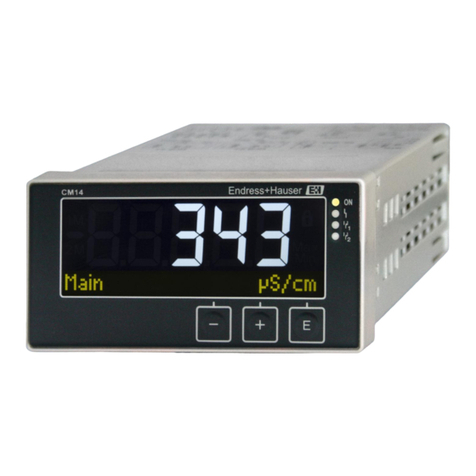
Endress+Hauser
Endress+Hauser CM14-AAK User manual
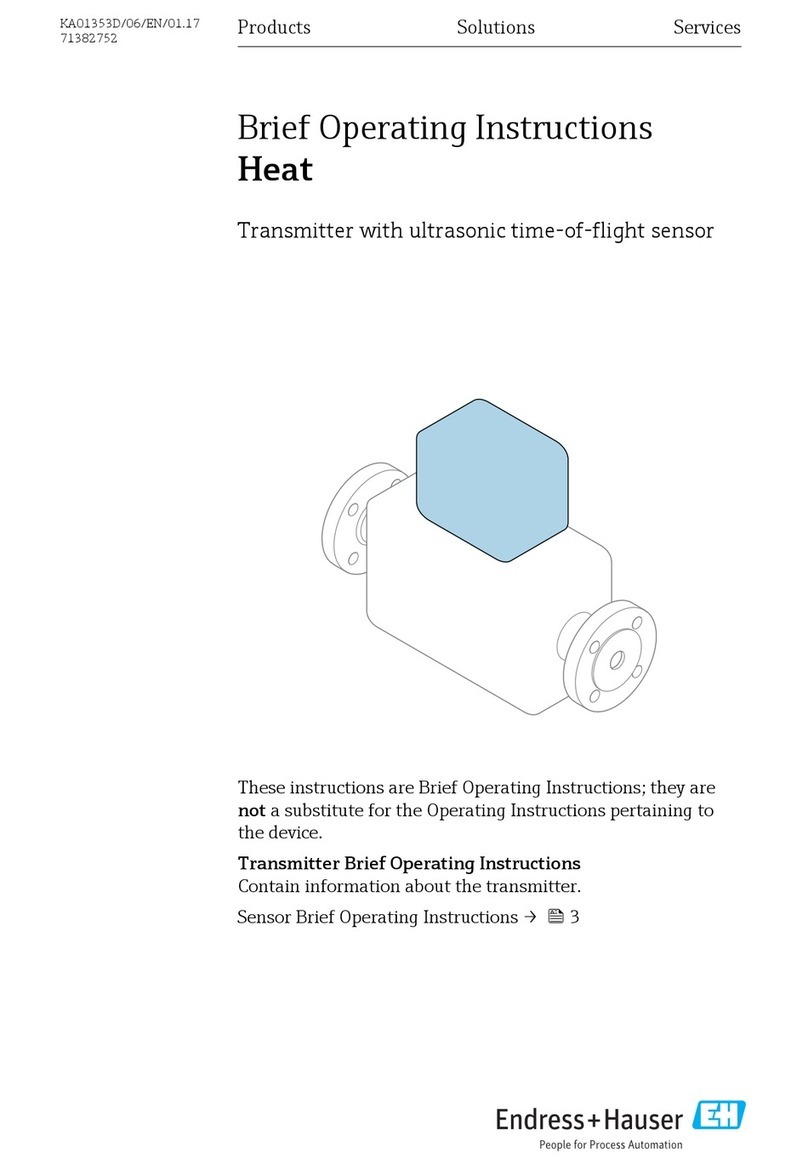
Endress+Hauser
Endress+Hauser Heat Technical specifications
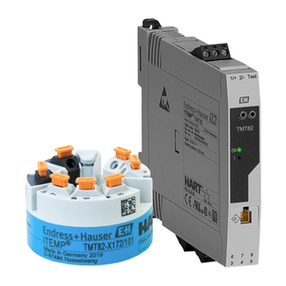
Endress+Hauser
Endress+Hauser iTEMP TMT82 Technical specifications
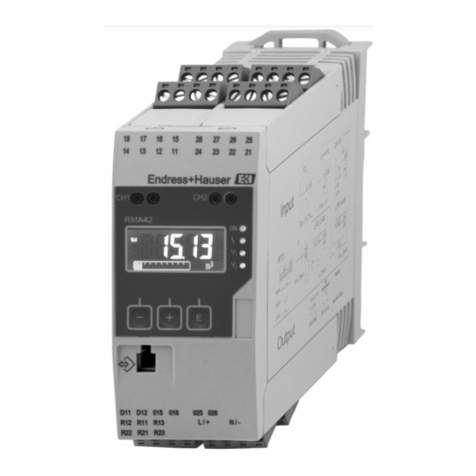
Endress+Hauser
Endress+Hauser RMA42 Technical specifications

Endress+Hauser
Endress+Hauser iTEMP TMT82 User manual

Endress+Hauser
Endress+Hauser Cerabar S PMC71 User manual
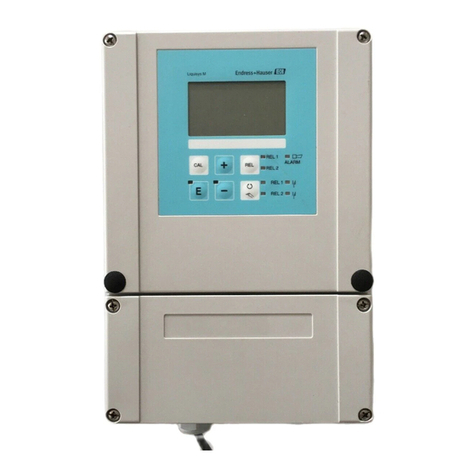
Endress+Hauser
Endress+Hauser Mycom S CPM 153 User manual
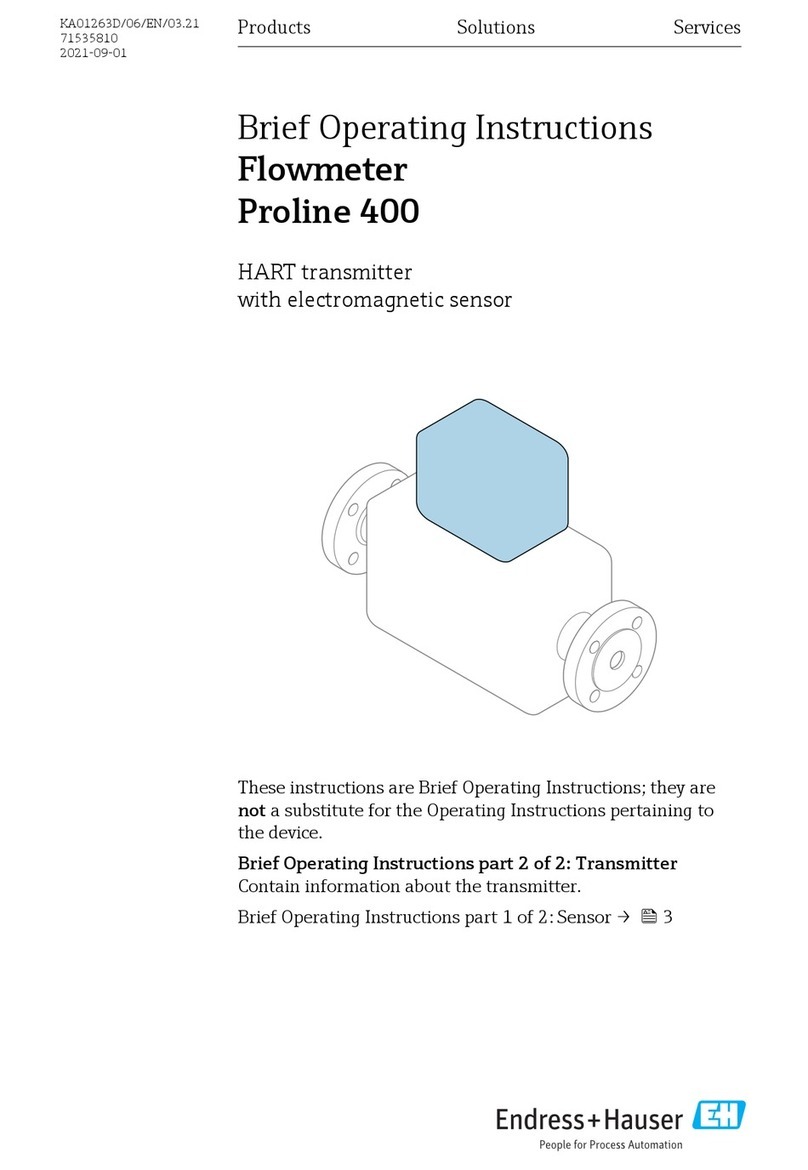
Endress+Hauser
Endress+Hauser HART Flowmeter Proline 400 Technical specifications
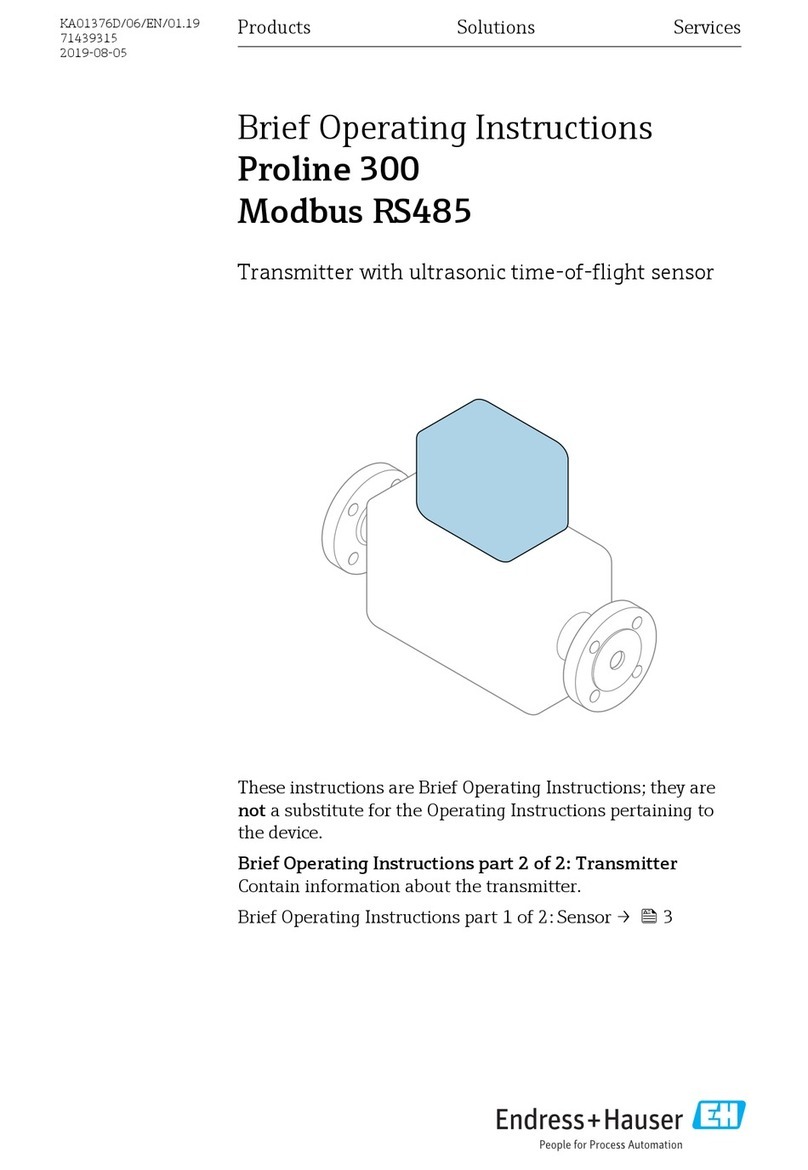
Endress+Hauser
Endress+Hauser Proline 300 Modbus RS485 Technical specifications
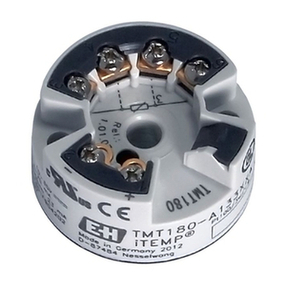
Endress+Hauser
Endress+Hauser iTEMP Pt TMT180 User manual

Endress+Hauser
Endress+Hauser Cerabar M PMP51 User manual
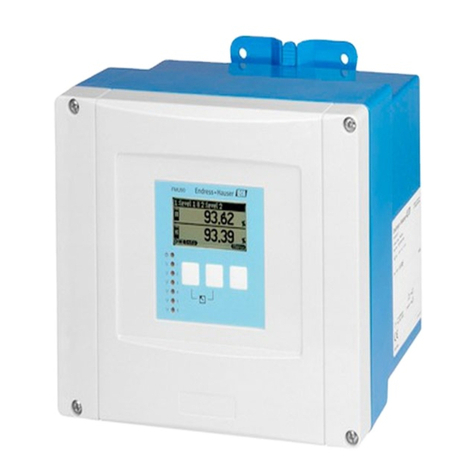
Endress+Hauser
Endress+Hauser Prosonic S FMU90 Manual
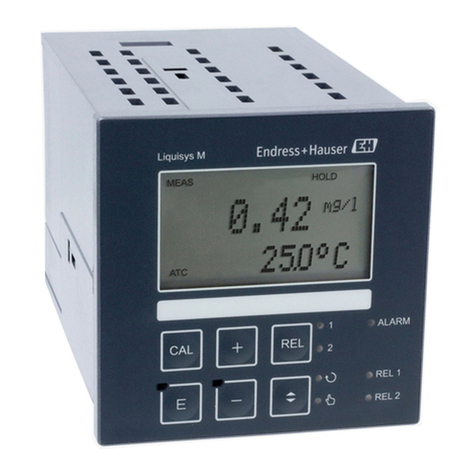
Endress+Hauser
Endress+Hauser Liquisys M CCM223 User manual
Popular Transmitter manuals by other brands

Dejero
Dejero EnGo 3x manual

Rosemount
Rosemount 4600 Reference manual

Speaka Professional
Speaka Professional 2342740 operating instructions

trubomat
trubomat GAB 1000 instruction manual

Teledyne Analytical Instruments
Teledyne Analytical Instruments LXT-380 instructions

Rondish
Rondish UT-11 quick start guide
